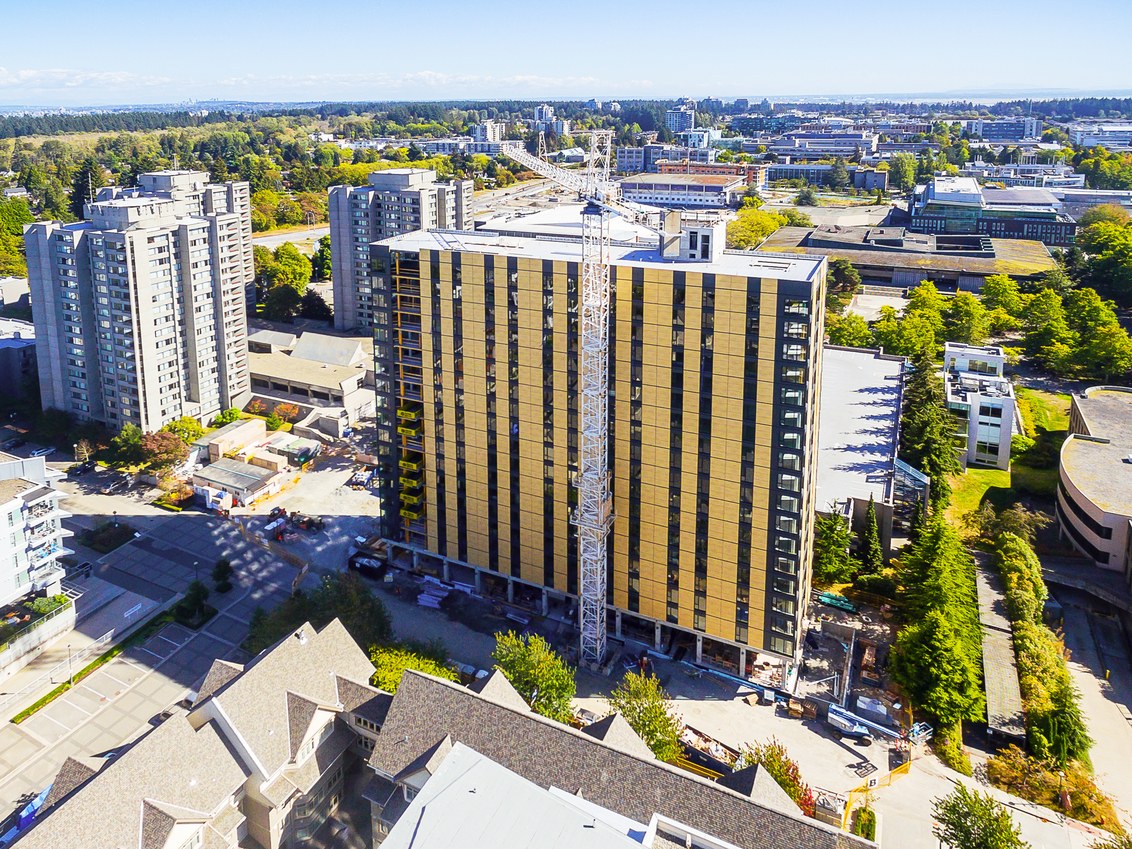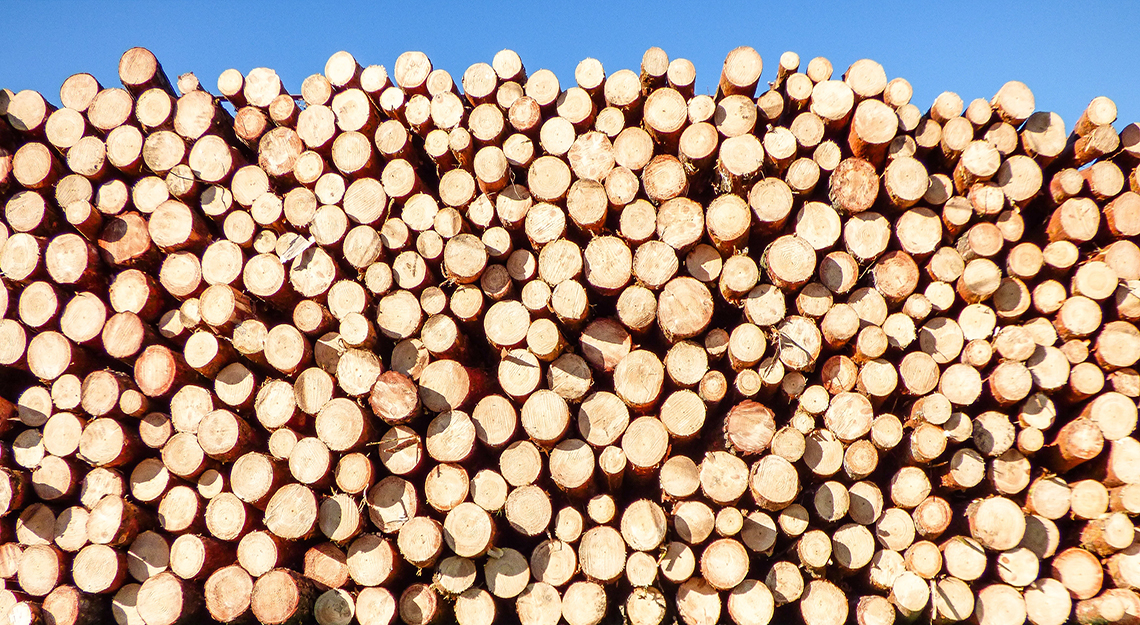“The future is certainly wood,” said architect Shane Williamson in a recent Globe and Mail article. If that assertion surprises you, you may have missed out on one of the hottest trends in green building over the past few years.
Wood is back. But why?
Building construction is a major contributor to greenhouse gas – the manufacturing of concrete and steel actually accounts for around 10% of all GHG emissions.
Wood based buildings have substantially reduced GHG emissions, starting from their initial construction and lasting throughout the structure’s lifetime. In fact, wood absorbs and stores carbon until it decomposes, lessening the impact of climate change overall.
Studies have indicated that using wood instead of other building materials could potentially prevent up to 31% of global carbon emissions. And that’s a number too large to ignore.
The environmental impact of wood building isn’t just about the material itself.

By using predominantly pre-fabricated wood materials, constructed from cross-laminated-timber (CLT), wood based buildings have a much lower cost and can be built faster – this influences overall construction sustainability, including transportation and site maintenance based impact.
The Canadian government, and the building industry at large, are taking notice.
Toronto will be home to the first mid-rise commercial building in Ontario to be built of wood in almost 100 years, and with sustainability focused wood building grants springing up with increased frequency, the incentive to explore new construction options is certainly appealing.



